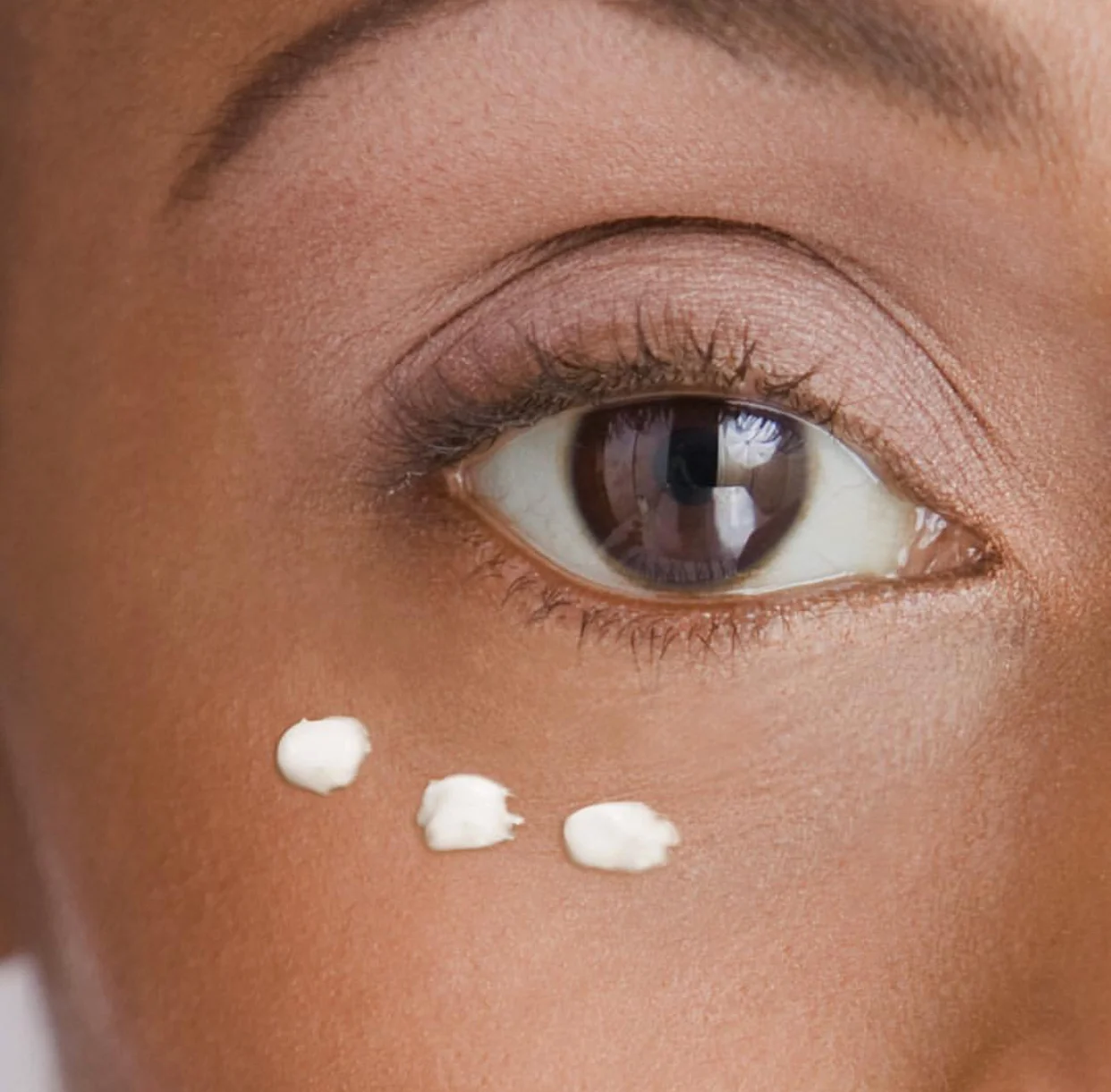Majewski Plastic Surgery and Spa is proud to offer Secret PRO, a skin revitalization treatment that uniquely combines two proven technologies - fractional CO2 and radio frequency microneedling – to safely and effectively treat all layers of the skin. The procedure options are ideal for skin revitalization concerns improving scarring, wrinkles, and stretch marks while enhancing skin tone and texture, and promoting neocollagenesis through skin resurfacing.
Read on to learn more about this exciting new treatment!
What is the Secret PRO Refine treatment?
The Secret PRO Refine treatment is an innovative RF microneedling treatment that provides fast and comfortable treatments that safely and effectively treat multiple skin concerns on the face and body for patients with all skin tones, all year long.
What conditions does it treat?
The Secret PRO Refine treatment series improves some of the most visible signs of aging by reducing the appearance of fine lines, wrinkles, large pores, stretch marks, acne scars, and many other skin concerns. This treatment is ideal for skin revitalization of the face, neck, decollate, knees, and other body areas.
What is the treatment like?
Before the procedure, your provider will apply a numbing cream to the treatment area for increased comfort during the treatment. During the treatment, you may feel slight pressure and tingling while the micro-sized needles gently penetrate the skin and deliver heat to stimulate collagen production. The treatment is comfortable, and your provider will work with you to maintain your comfort level throughout the entire treatment. You can expect the treatment to take about 20 minutes.
Is there downtime after the treatment?
Typically, there is no downtime after the treatment. Your skin will have moderate redness after the treatment, which will subside significantly within a few hours. Your face will feel warm, like being in the sun, which also goes away within a few hours. You can expect to return to your normal activities immediately following your treatment. You may have some slight flushing the next day, which can be covered with makeup.
How many treatments will I need?
Patients typically need 3-4 treatments spaced 4-6 weeks apart to achieve optimal results. Most patients report seeing improvement after the second treatment, but optimal results appear 3 months after the last treatment.
When will I see results?
Best results are seen 3 months after the last treatment. To maintain your results, maintenance treatments can be done every 12-18 months after the initial series.
Am I a candidate for Secret PRO Refine?
Secret PRO Refine is an excellent treatment for patients with all skin tones, looking to improve the skin’s appearance on the face and body, all year long, with little to no downtime.
Schedule your appointment online here or call us to get scheduled!






















